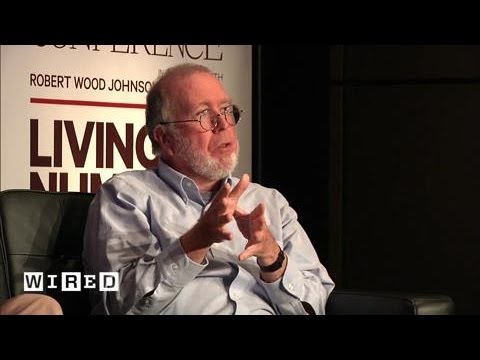The Importance of Believing in Science: Insights from Bill Nye
Summary
In this article, we delve into the insights provided by Bill Nye as he answers various science-related questions. He explains the concept of cognitive dissonance and its role in climate change denial, the possibility of cloning extinct species, the truth about human evolution, the requirements for a planet to be considered a planet, the potential of alternative energy, the science behind rainbows and the color of the sky, and how magnets work.
Table of Contents
- The Role of Cognitive Dissonance in Climate Change Denial
- Cloning Extinct Species: Is It Possible?
- The Truth About Human Evolution
- The Requirements for a Planet to Be Considered a Planet
- The Potential of Alternative Energy
- The Science Behind Rainbows and the Color of the Sky
- How Magnets Work
- Conclusion
The Role of Cognitive Dissonance in Climate Change Denial
Bill Nye explains that people who deny the existence of global warming may suffer from cognitive dissonance, which is the psychological discomfort experienced when holding two or more conflicting beliefs, values, or ideas. He suggests that individuals who hold certain beliefs may dismiss evidence that conflicts with their worldview, leading to denial of scientific facts.
Cloning Extinct Species: Is It Possible?
The possibility of cloning extinct species is discussed, and Bill Nye explains that while it is technically possible, it is not necessarily ethical or practical. He notes that cloning would not bring back the same animal, as environmental factors play a significant role in an animal’s development and behavior.
The Truth About Human Evolution
Bill Nye clarifies that humans did not evolve from monkeys, but rather share a common ancestor. He explains that humans and apes diverged from a common ancestor millions of years ago and evolved separately.
The Requirements for a Planet to Be Considered a Planet
The speaker discusses the requirements for a planet to be considered a planet, including its size, orbit, and the ability to clear its orbit of other debris. Bill Nye notes that Pluto was reclassified as a dwarf planet because it did not meet all the criteria.
The Potential of Alternative Energy
Bill Nye discusses the potential for alternative energy to replace fossil fuels, highlighting the importance of investing in renewable energy sources such as wind, solar, and hydro power.
The Science Behind Rainbows and the Color of the Sky
The speaker explains the science behind rainbows and the color of the sky, noting that rainbows are formed by the refraction and reflection of light, and that the color of the sky is due to the scattering of sunlight by the Earth’s atmosphere.
How Magnets Work
Bill Nye briefly explains how magnets work, noting that they are able to stay magnetic for centuries due to the virtual current.
Conclusion
In conclusion, Bill Nye provides insights into various science-related topics, highlighting the importance of believing in scientific facts and investing in renewable energy sources. He clarifies misconceptions about human evolution and the requirements for a planet to be considered a planet, and explains the science behind rainbows and the color of the sky.







